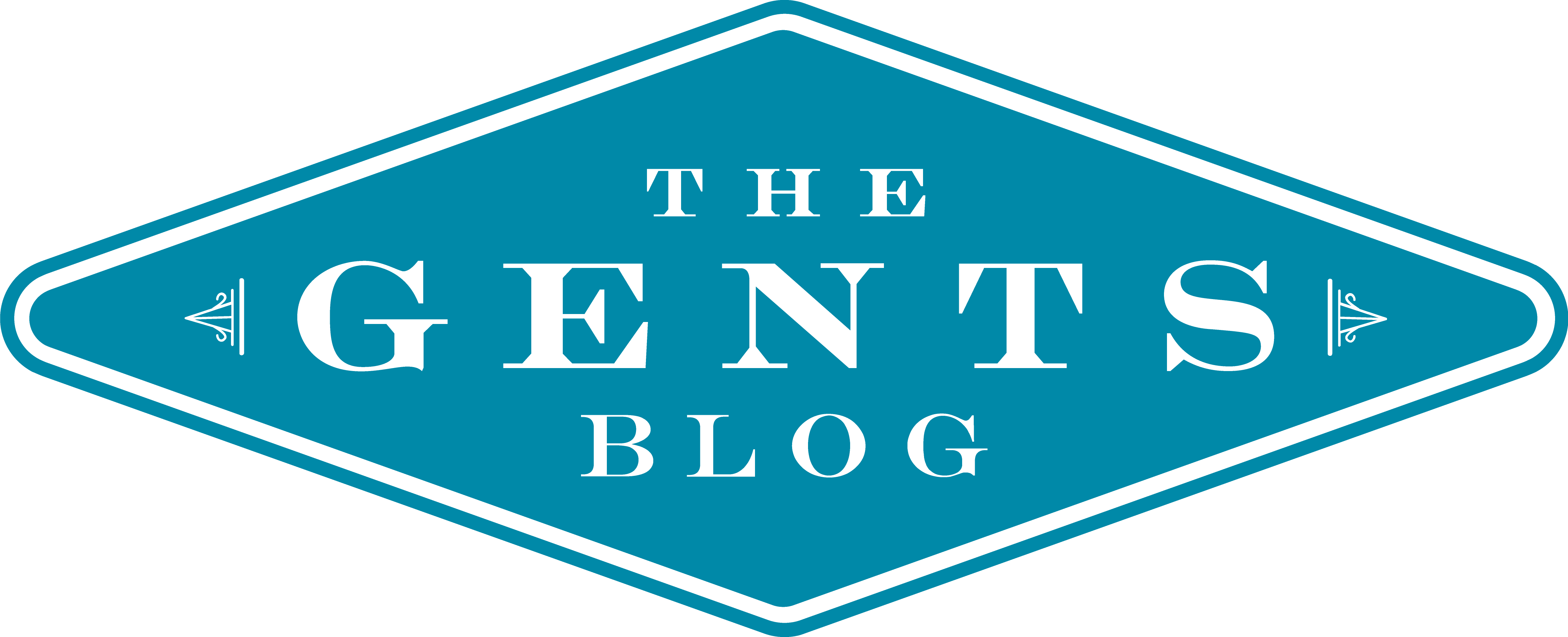The European influence on American schools dates back to the late 19th century. During this time, Europe was considered to have one of the best education systems in the world, and many American educators sought to emulate its methods.
One of the most notable aspects of the European model was its emphasis on discipline and order. Students were expected to follow strict rules and regulations, and teachers were given a great deal of authority over their classrooms.
Another key feature of the European system was its focus on academic rigor. Students were required to study a wide range of subjects, including math, science, history, and literature, and were expected to perform at a high level in each of them.
To bring these ideas to America, educational reformers such as Horace Mann and Henry Barnard advocated for the adoption of a European-inspired model of education. This included the creation of a standardized curriculum, compulsory attendance laws, and the establishment of normal schools to train teachers in the European methods.
Prussia
Those who have an interest in history may recall that Frederick of Prussia was not like most European rulers of his time. He was greatly influenced by the so-called Enlightenment and its impact on European culture, intellectualism, and artistic expression. Even though Frederick was devoted to Prussian nationalism and militarism, following in his father’s (Frederick William I) footsteps, he lived during a time when the Age of Enlightenment and the Industrial Revolution were converging.
In essence, Frederick’s idea for a national public education system was shaped by the opposing forces of cultural and industrial revolutions existing in deeply ingrained autocratic and nationalistic political systems.
It is crucial to have a good understanding of the past in order to build a better future. The United States has been attempting to improve public education for many years, but with mixed results. The discussion around what needs to be reformed often revolves around the belief that the current public education system is ineffective and inefficient. While this may be true in some aspects, it is not necessarily the case in every aspect. To improve an institutional system, it is necessary to first comprehend its objectives, strengths, weaknesses, and underlying principles.
That’s where Frederick the Great comes in. Let’s take a closer look at just what Frederick did and how that provides a useful context for understanding how we “do” school in America and what we may want to change.
Creating Better Workers
In his efforts to establish Prussia as a dominant economic and military power, Frederick focused on creating an educational system that would produce skilled factory workers who were obedient to authority. However, he did introduce some educational reforms that have continued to influence modern education. Despite his goal of limiting free thinking and innovation to the aristocracy, some of his innovations have had a lasting impact on education.
These are some examples that have proven to be effective:
- Enforced eradication of illiteracy
- mandatory tax-funded public schools
- strict adherence to a prescribed curriculum with discrete subjects
- national standardized testing
- prioritization of science and technology education
- rigorous teacher training and certification
- performance-based teacher salary systems
- cultivation of national identity and respect for authority
- strictly secular instruction (with religion taught only as a subject matter)
- well-managed schools
- students grouped according to their vocational and academic aptitudes.
During the course of time, various features inspired by the Prussian model were introduced, including age-based grade levels, letter grading system, professional hierarchies, permanent student records, and a minimum number of school days.
In the early 19th century, the American approach to schooling was mainly driven by convenience rather than in-depth research and scholarly discussions on how to align the structures and processes of education with the goal of fostering effective learning and critical thinking skills.
During the time when America was establishing its education system, there were no established research-based practices or theories on education. Furthermore, there was no public education system in place, which made it difficult to understand how children learned and how to build a system that supported effective learning. As a result, Prussia’s education system was adopted as a model due to its established and arguably effective approach. Today’s education system is built on this foundation.
Critics argue that the Prussian model was created to suppress individualism and innovative thinking, while promoting obedience to the state. They claim that Frederick’s educational model is outdated, as the social, economic, and political conditions of the 18th and 19th centuries differ greatly from those of modern Western democracies. However, traditions are deeply ingrained, and it is notoriously difficult to change longstanding habits of practice.
Photo by Belinda Fewings on Unsplash



